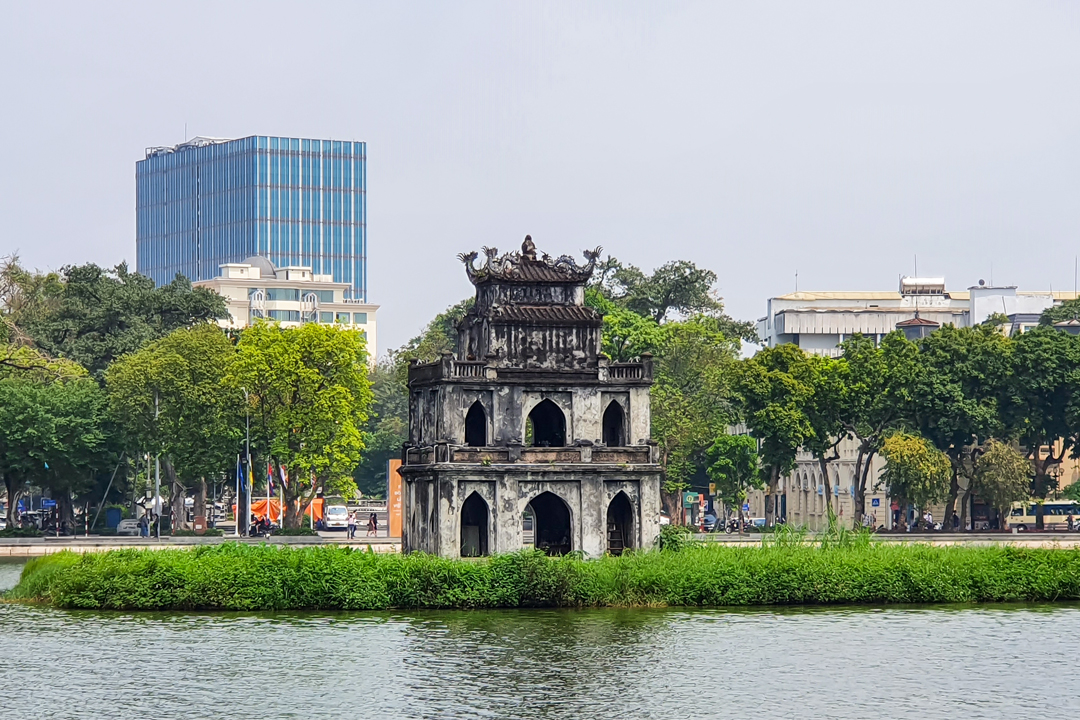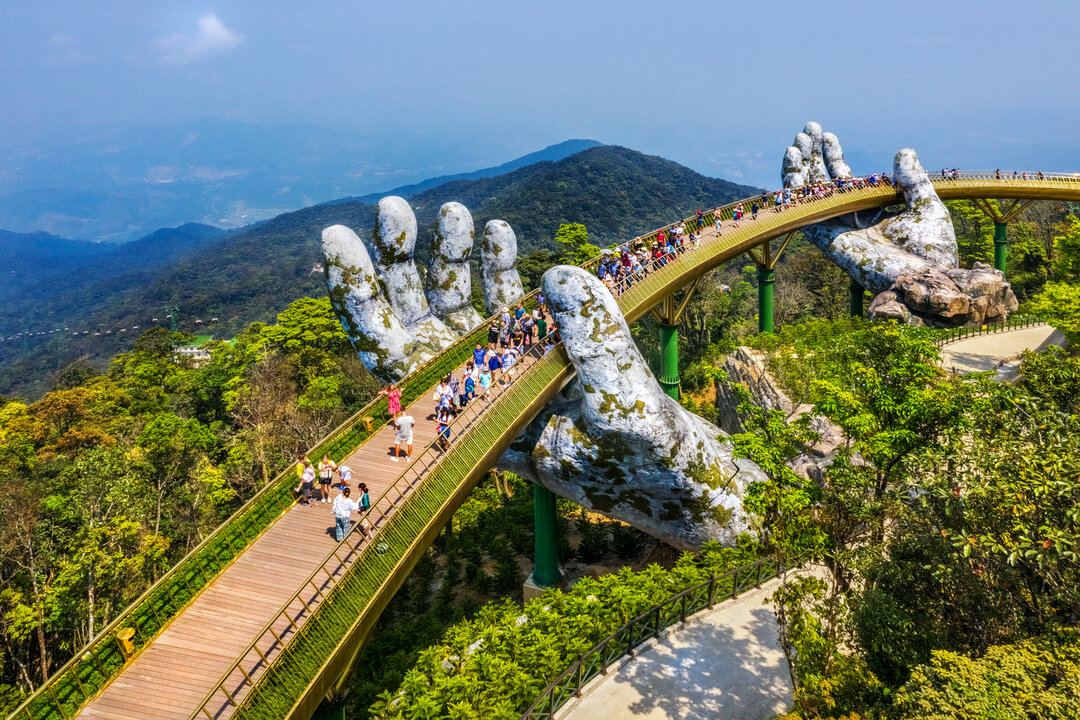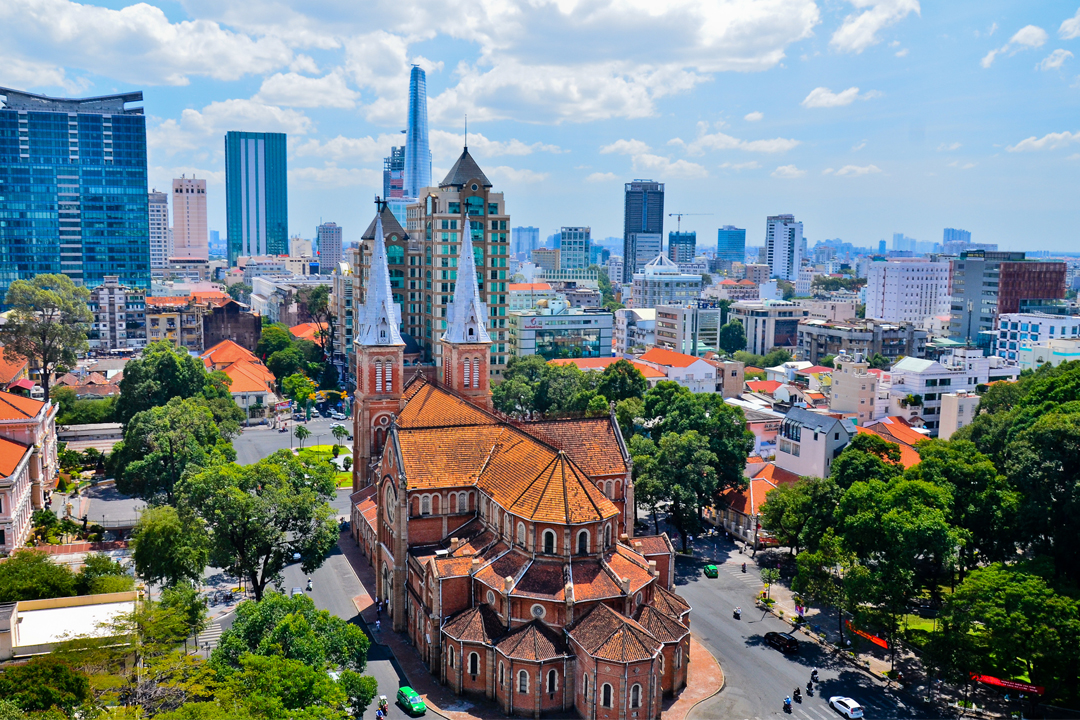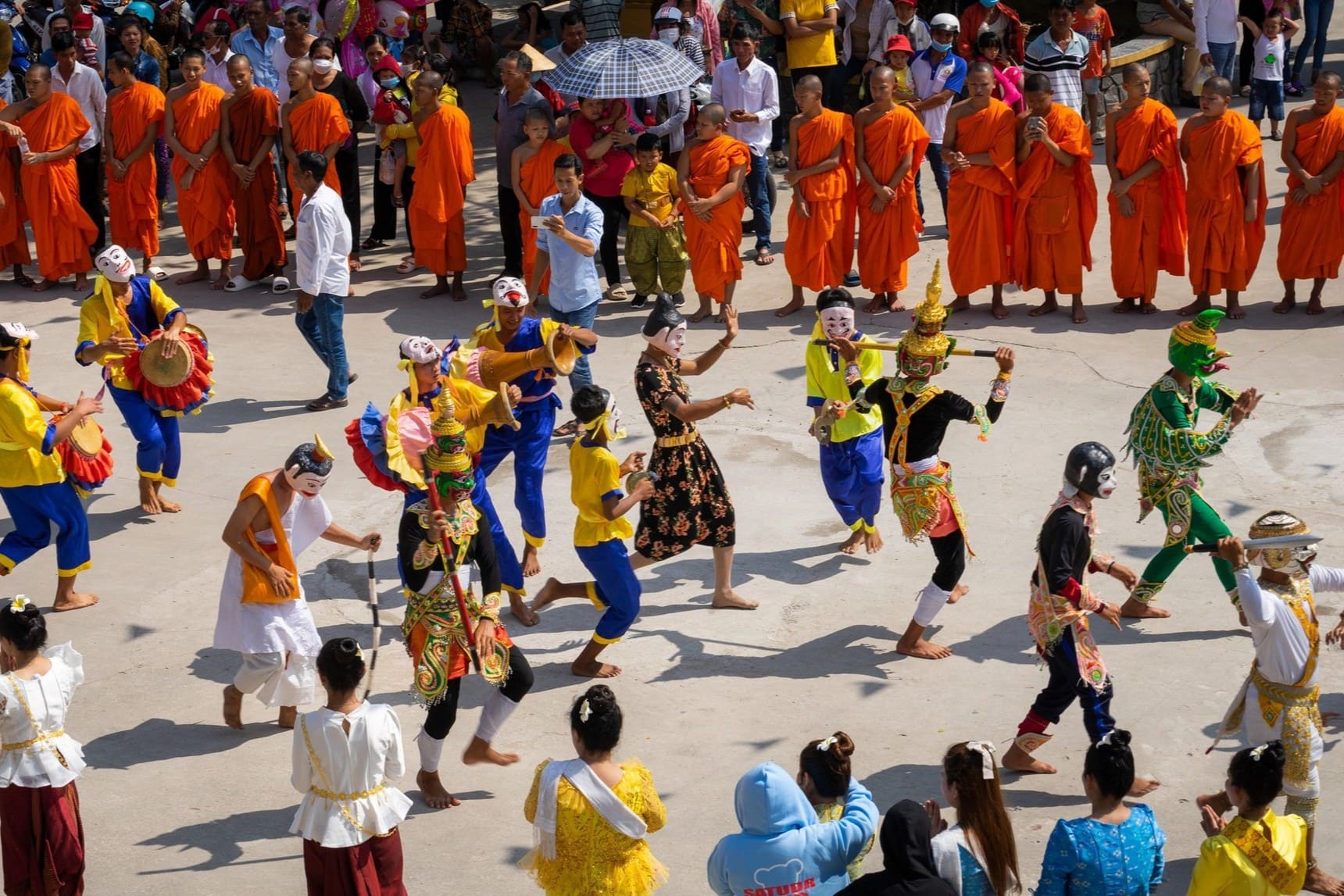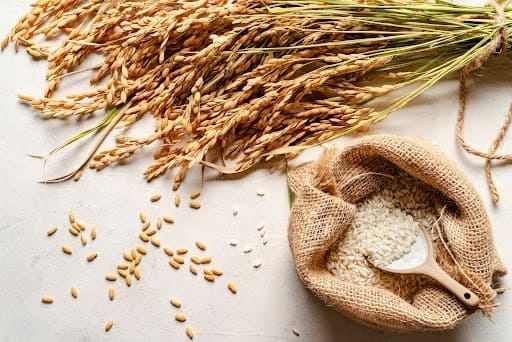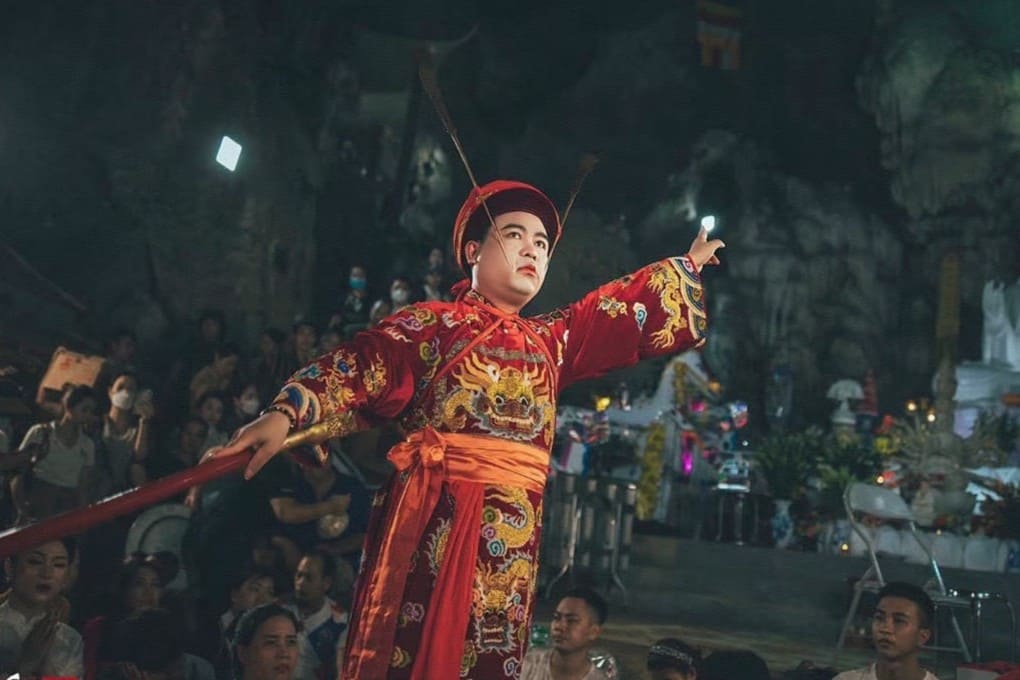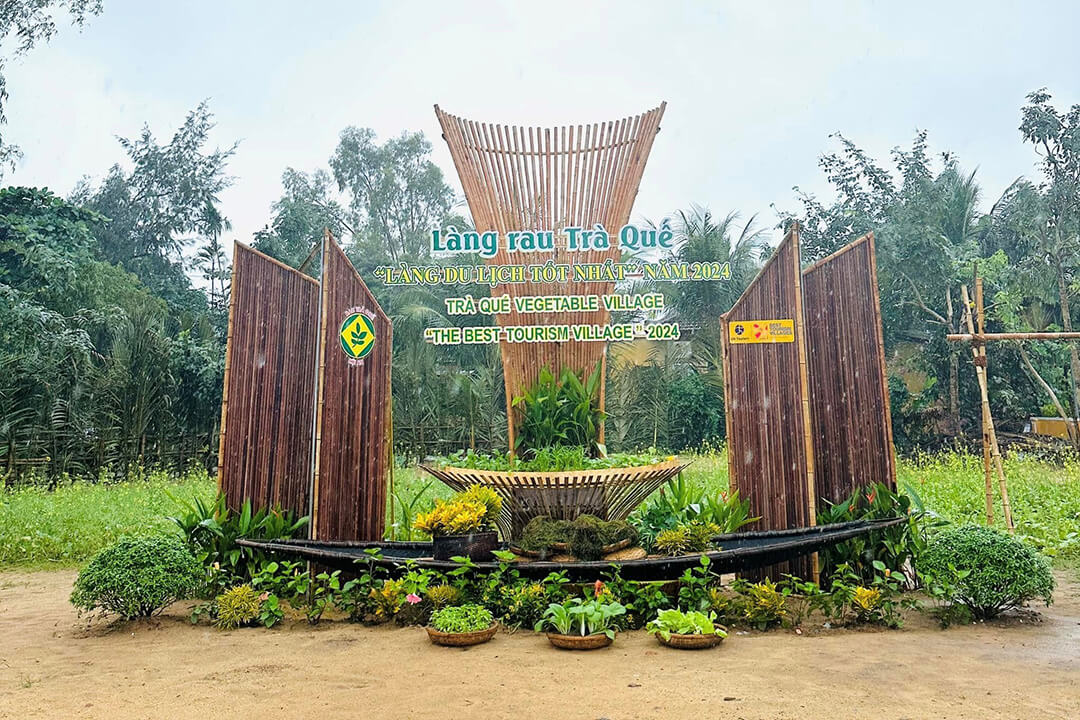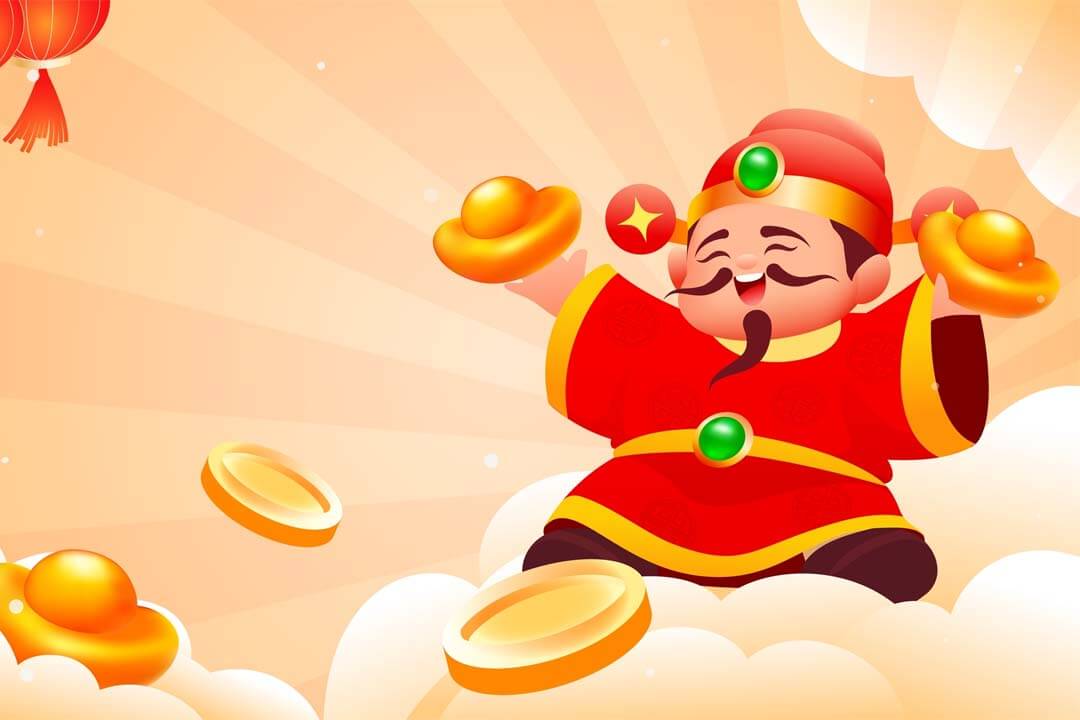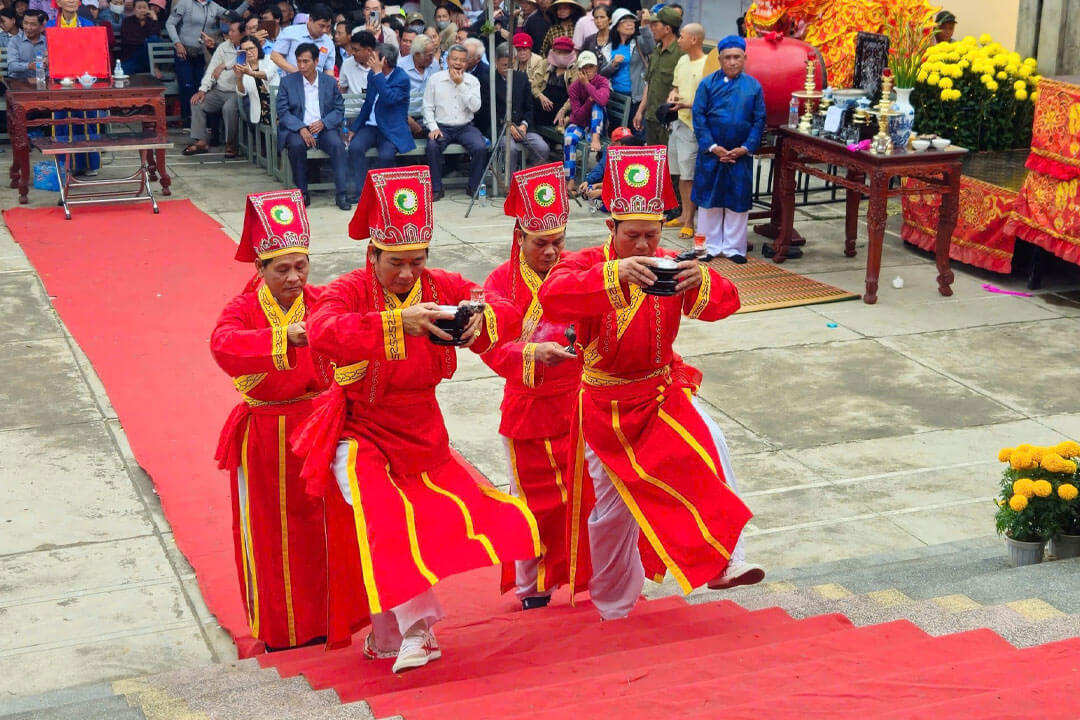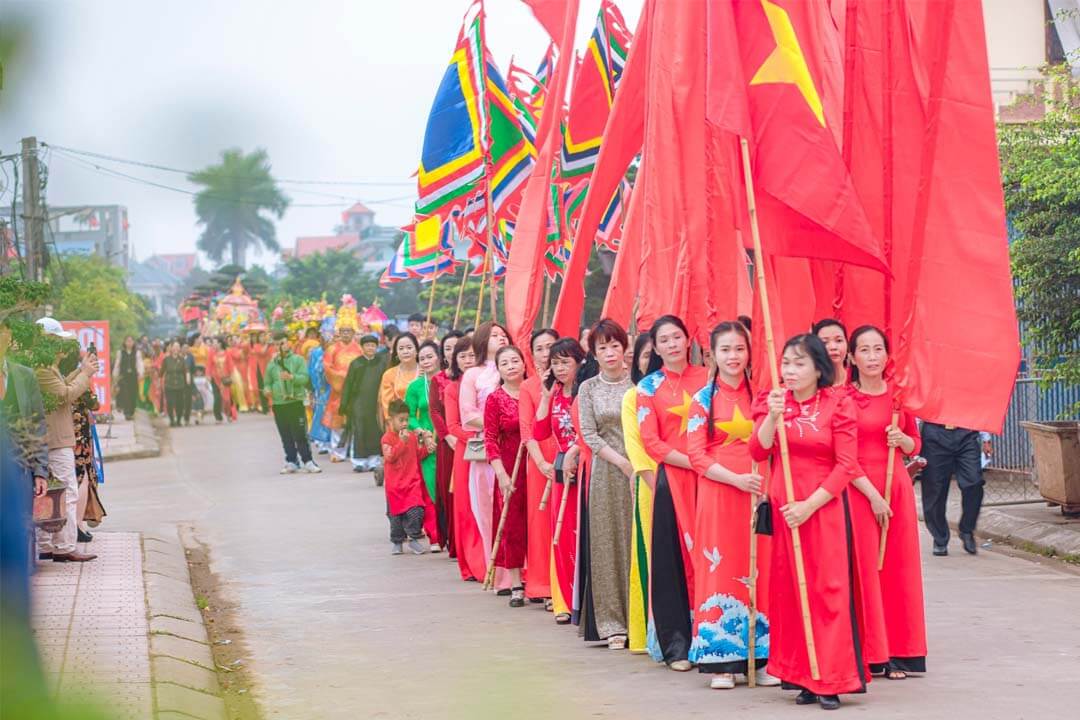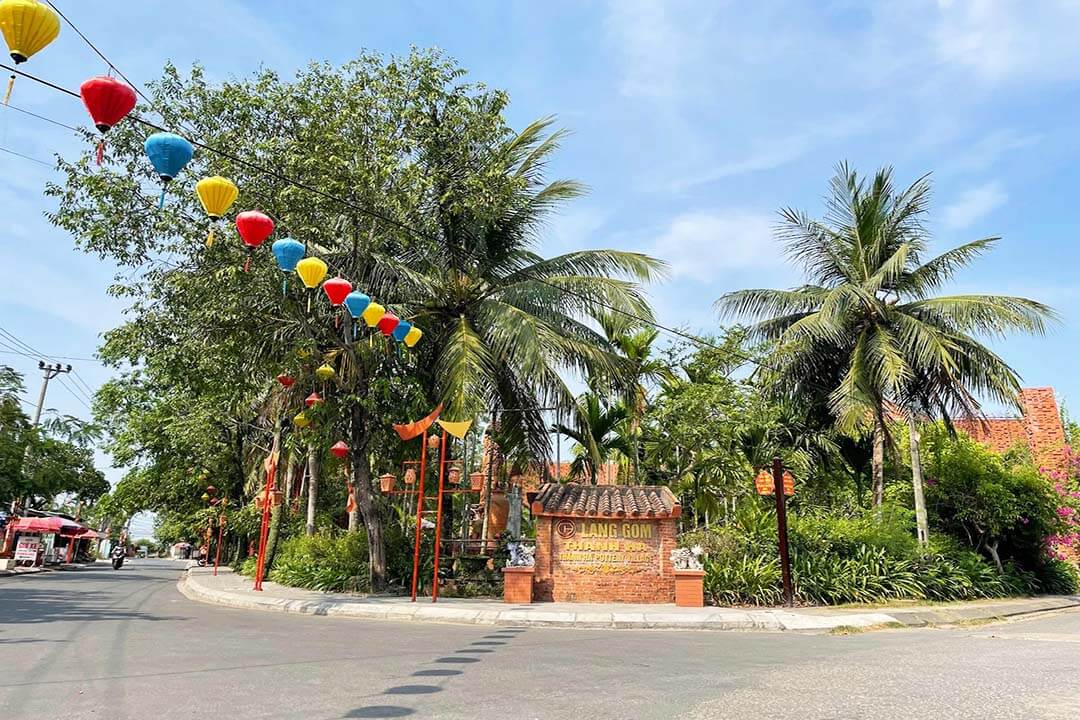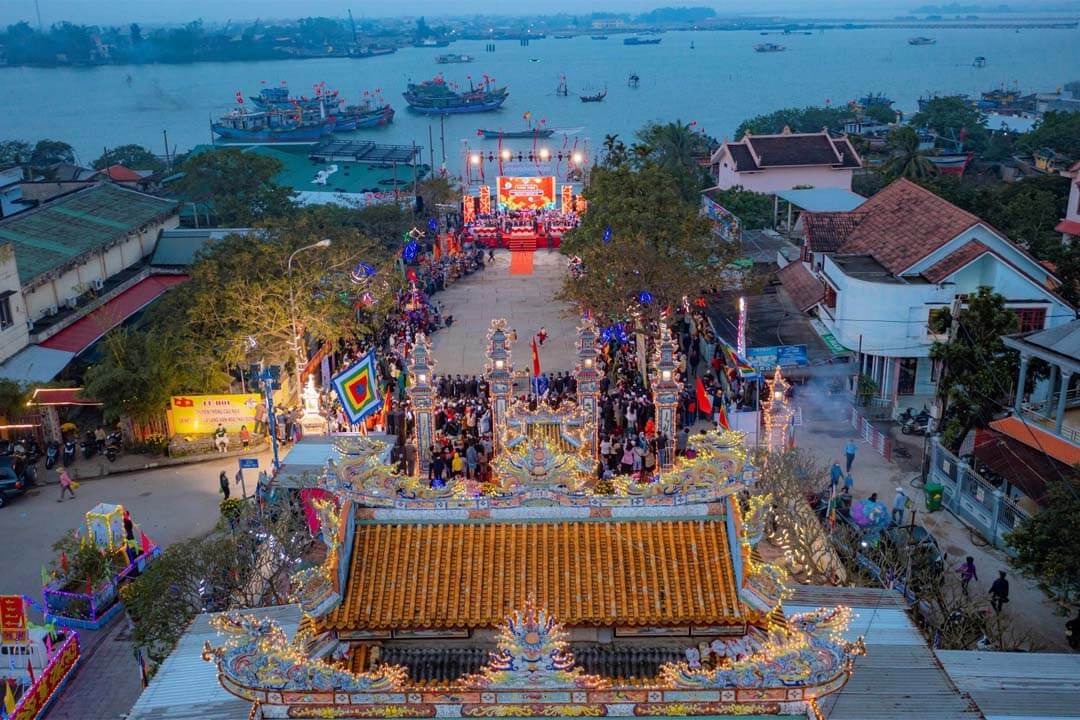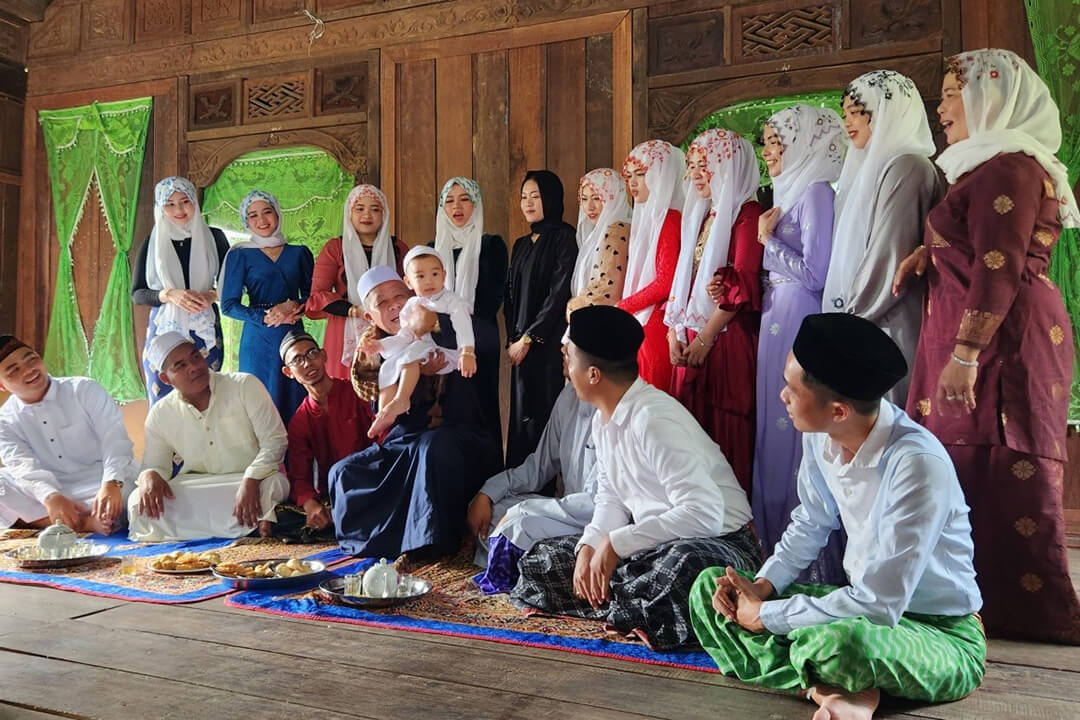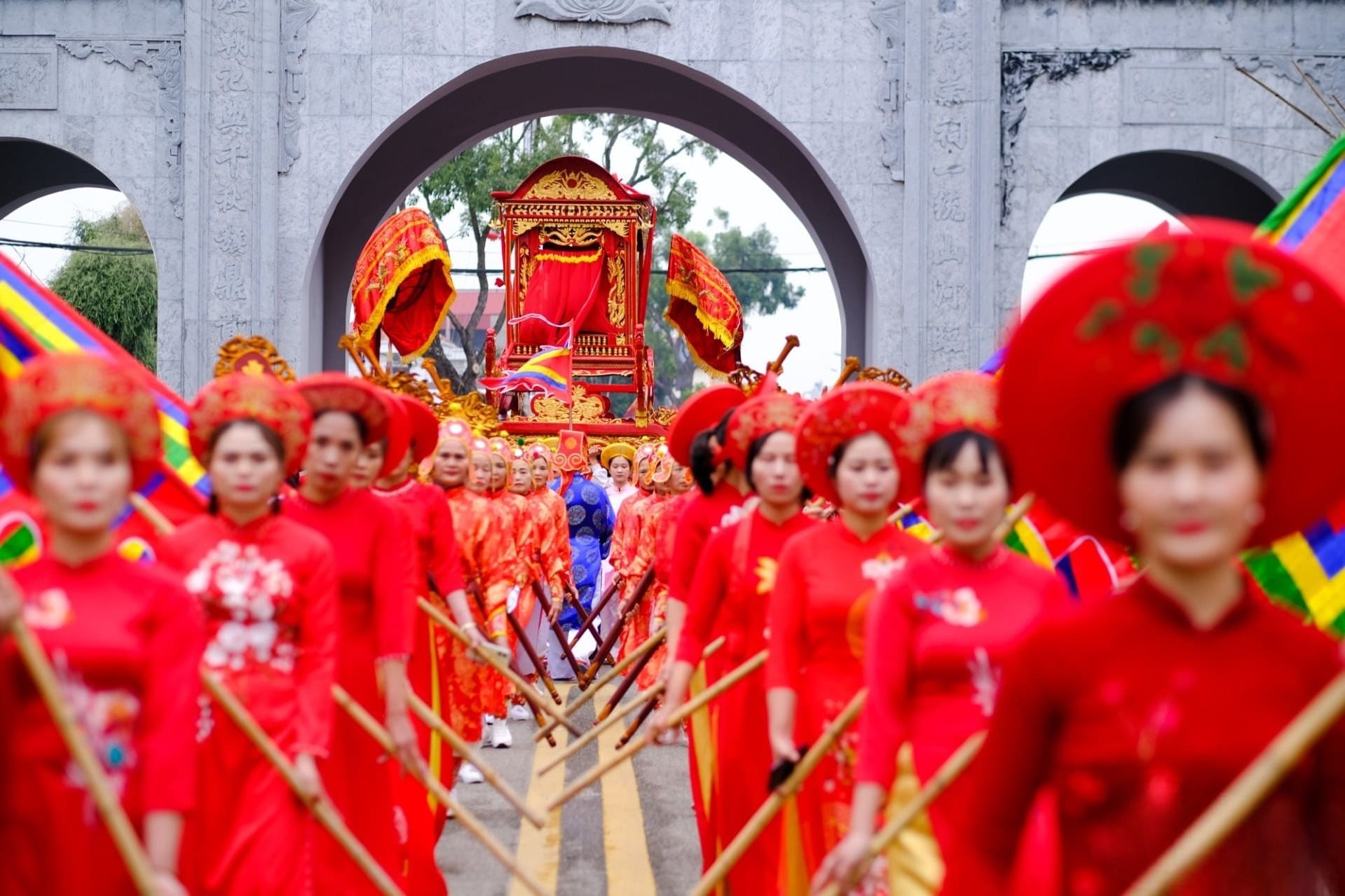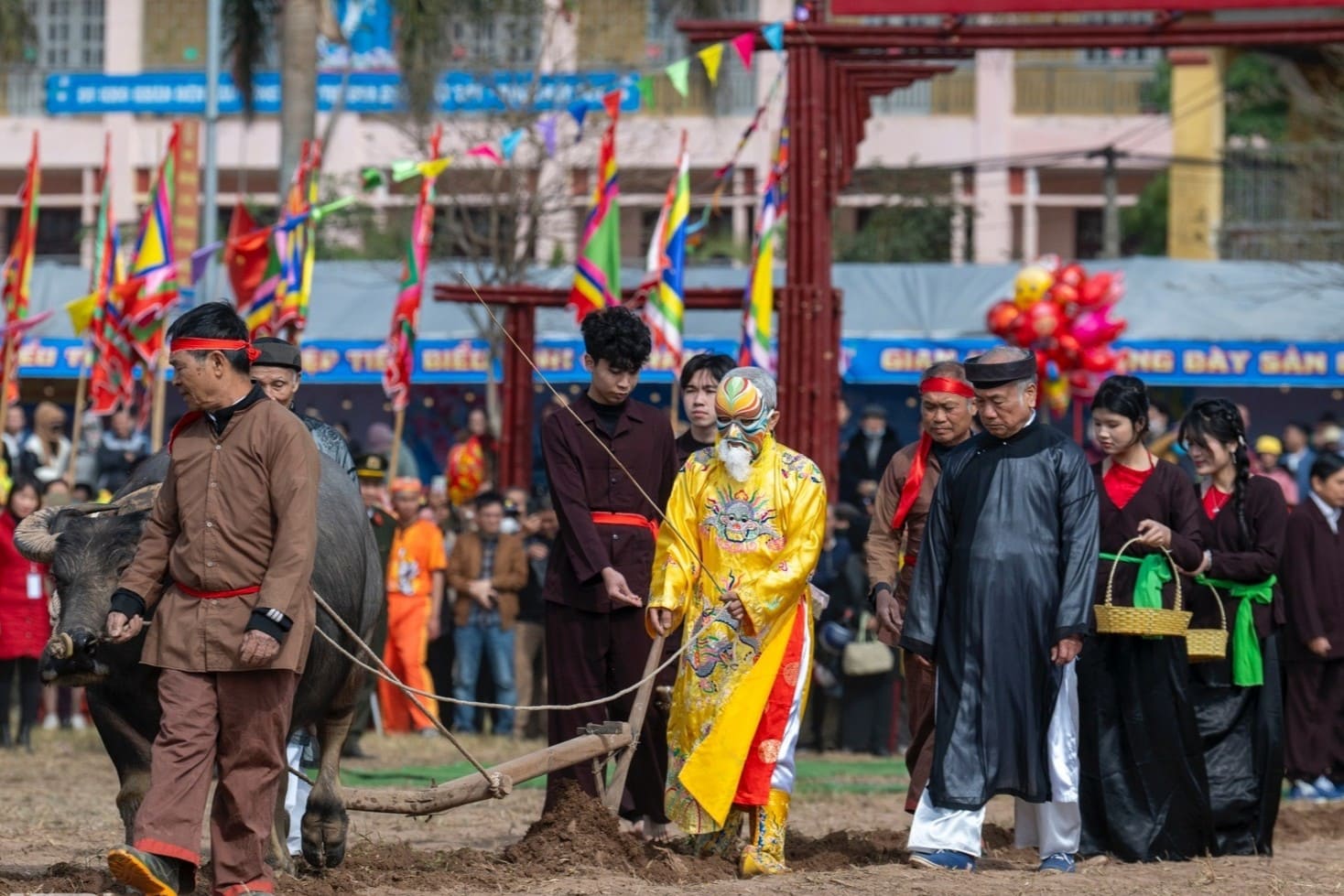Jun - 10 - 2025
Gióng Temple Festival is a traditional cultural event held in Sóc Sơn district, Hanoi, to vividly reenact the heroic battles between Thánh Gióng and invading enemies. Through this event, organizers seek to enhance the community's awareness of history and ancient tribal warfare practices.
Gióng Temple Festival 2026
Certified by UNESCO as an intangible cultural heritage representative of humanity, the Gióng Temple Festival holds great significance in preserving the cultural and artistic traditions of ancient Vietnam. The festival not only honors the legendary figure of Thánh Gióng but also serves as a vibrant cultural expression and a cherished commemoration in the heart of Hanoi.
The occurrence date of Gióng Temple Festival
Every year, on the 6th day of the Lunar New Year, the residents of Phù Linh commune celebrate the Gióng Temple Festival, which extends for three days at the historical site of Sóc Temple, dedicated to Thánh Gióng - also known as Phù Đổng Thiên Vương.
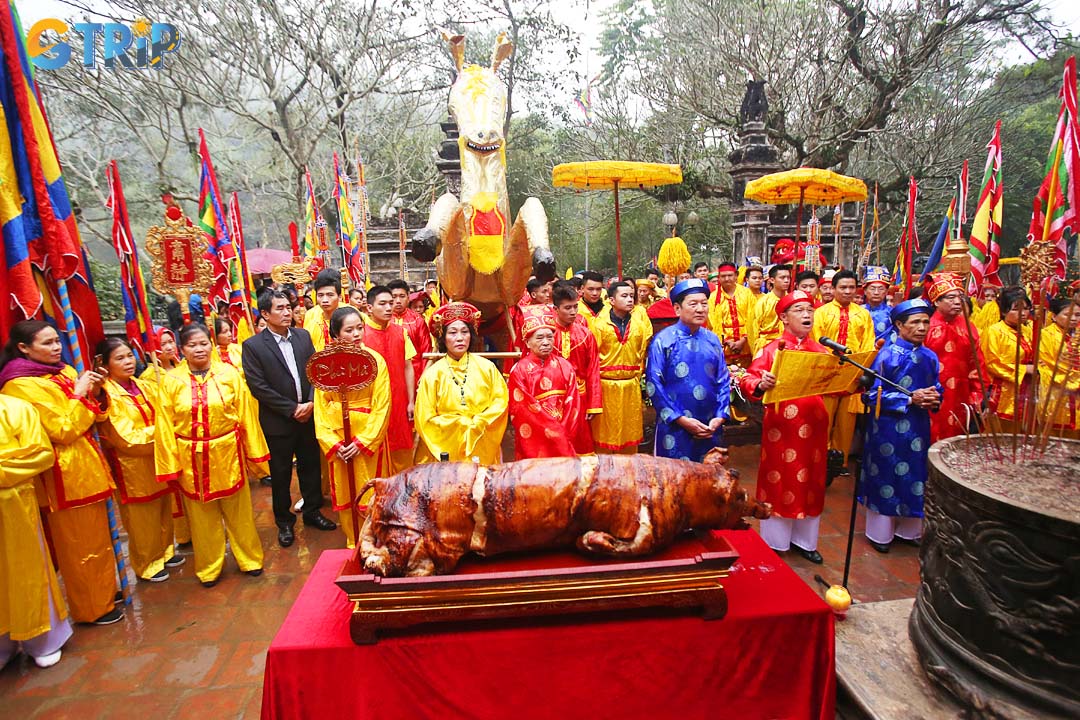
The entire village will contribute together to purchase offerings for the ritual
The festival is marked by elaborate traditional rituals, including the opening ceremony, processions, offering ceremonies, and, finally, the presentation of bamboo flowers to the Thượng Temple, where Thánh Gióng is revered. The grandeur of the Gióng Temple Festival has been officially certified by UNESCO on November 16th 2010, emphasizing its significance as a representative intangible cultural heritage of humanity.
Special activities at the festival
On the night before the main festival day (the 5th day of the lunar calendar), villagers perform rituals to invite Thánh Gióng with offerings and preparations made by seven villages. Prayers are offered for the well-being of the people of Sóc Sơn district, and various traditional folk games such as chess, ca trù singing, cockfighting, and chèo singing are organized.
Subsequently, the main event takes place on the following day (the 6th day of the lunar calendar), when Thánh Gióng is believed to become a saint and ascends to the sky on a flying horse. The day is marked by Incense offerings and the Opening ceremony, including the Symbolic bathing of the Thánh Gióng statue.
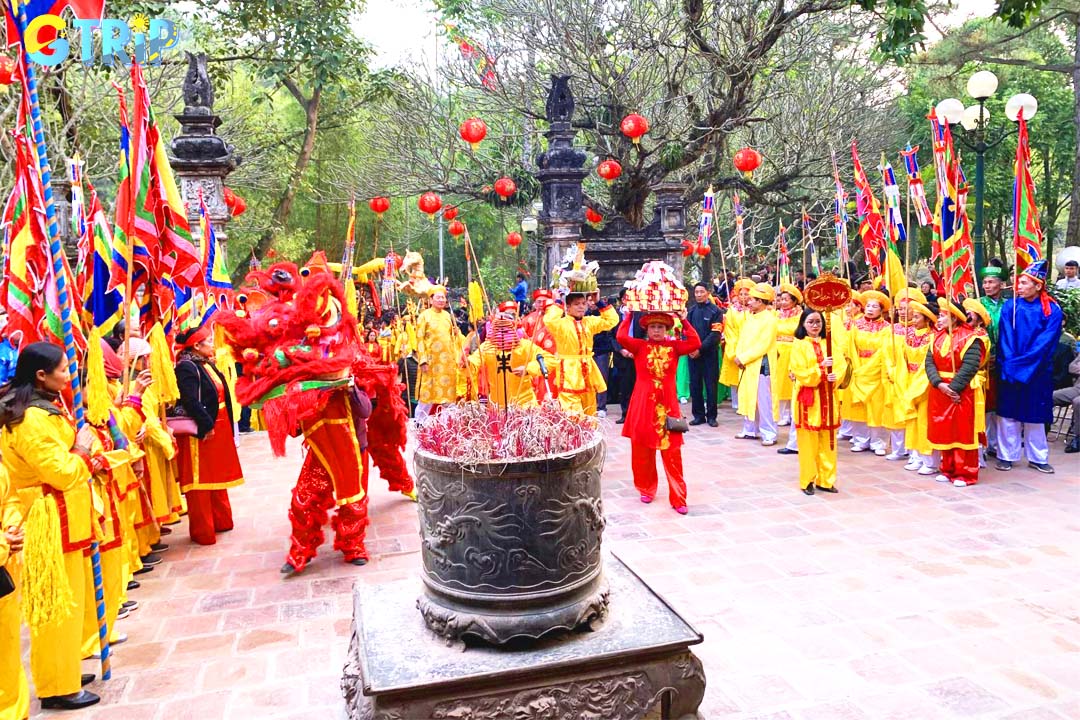
The villagers dress in traditional costumes to participate in the ceremony early in the morning
Additionally, a pole adorned with bamboo flowers is ceremoniously brought into the Thượng temple, where elaborate rituals take place. Following the completion of the ceremonies, the pole of bamboo flowers is paraded down to the Trinh Temple. Here, a lively tradition known as the "bamboo pole snatching" ensues, fueled by the collective desire for abundant luck in the coming year among the festival attendees.
On the second day, the villagers engage in a captivating reenactment of the legendary tale of Thánh Gióng. The performance depicts Thánh Gióng valiantly defeating three enemy generals at the foot of Vệ Linh mountain before ascending to the heavens. Alongside the ceremonial offerings, the outskirts of the festival grounds come alive with traditional folk games, adding a festive flair to the cultural celebration.
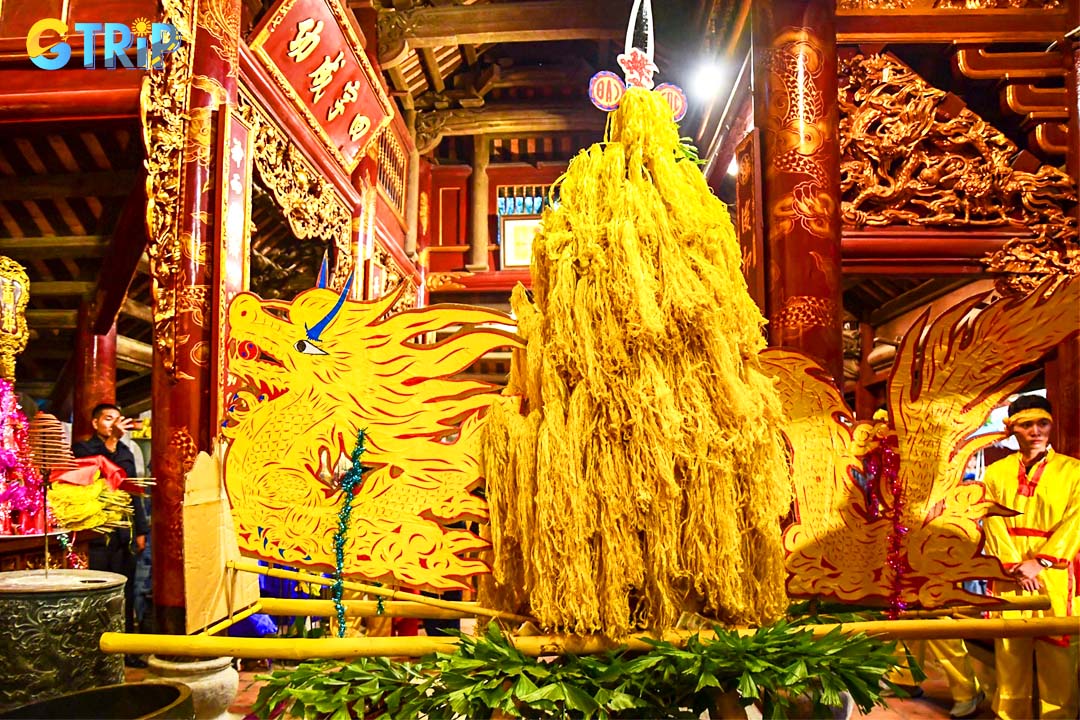
Villagers offer bamboo flowers at the Thượng temple as part of the special ritual
On the last day, the community embarks on crafting large-scale models of elephants and paper horses. International visitors eagerly participate in the festivities, eagerly contributing to carrying the symbolic creatures. According to local beliefs, anyone who touches these ceremonial artifacts is destined for good fortune in their life's journey. This final day encapsulates the communal spirit of the Elephant and Horse Festival, where traditions, performances, and shared blessings create an unforgettable cultural experience for all.
The highlight of this event is the Bamboo flower offering at Sóc Temple and the reenactment of defeating the enemy leader. As part of a cherished tradition, bamboo sticks are scattered, offering attendees a chance to collect them, symbolizing prayers for luck, prosperity, and well-being.
The special meaning of the festival
According to legend, in the sixth generation of Hùng Vương's reign, a virtuous couple in Gióng village prayed for a child. After the wife touched a large footprint in the field, she became pregnant and gave birth to a remarkable child, Gióng, who grew rapidly but remained mute and motionless until a messenger came seeking someone to fight invaders.
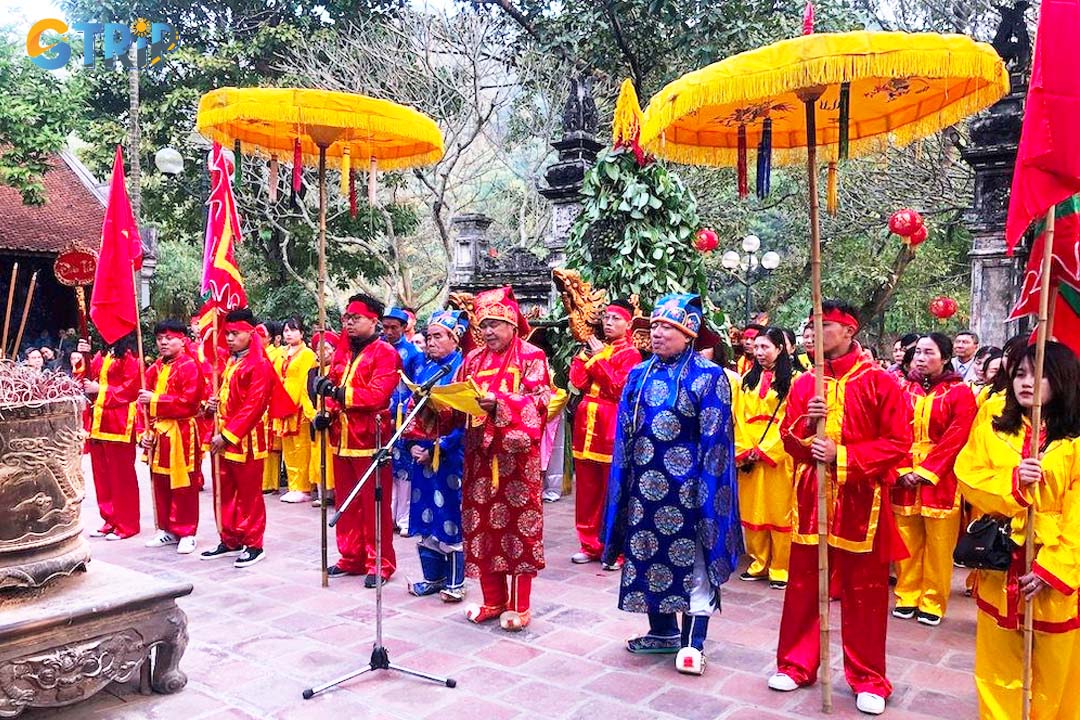
The village leader delivers a speech welcoming the festival before the entire village
Gióng then could speak and requested an iron horse, iron robe, and iron whip from the king to confront the enemy. He attacked and used his iron stick until it broke. He pulled up a bamboo tree to carry on the fight. With the support of the villagers, Gióng defeated the enemy, and after the battle, he ascended to the sky on his horse.
Today, Phù Linh commune in Sóc Sơn district, Hanoi, serves as the place where Thánh Gióng passed through before ascending to the sky. Thus, every year on the 6th day of the lunar calendar, the people of Phù Linh open a three-day spiritual festival at the historical site of Sóc Temple, dedicated to Thánh Gióng - also known as Phù Đổng Thiên Vương.
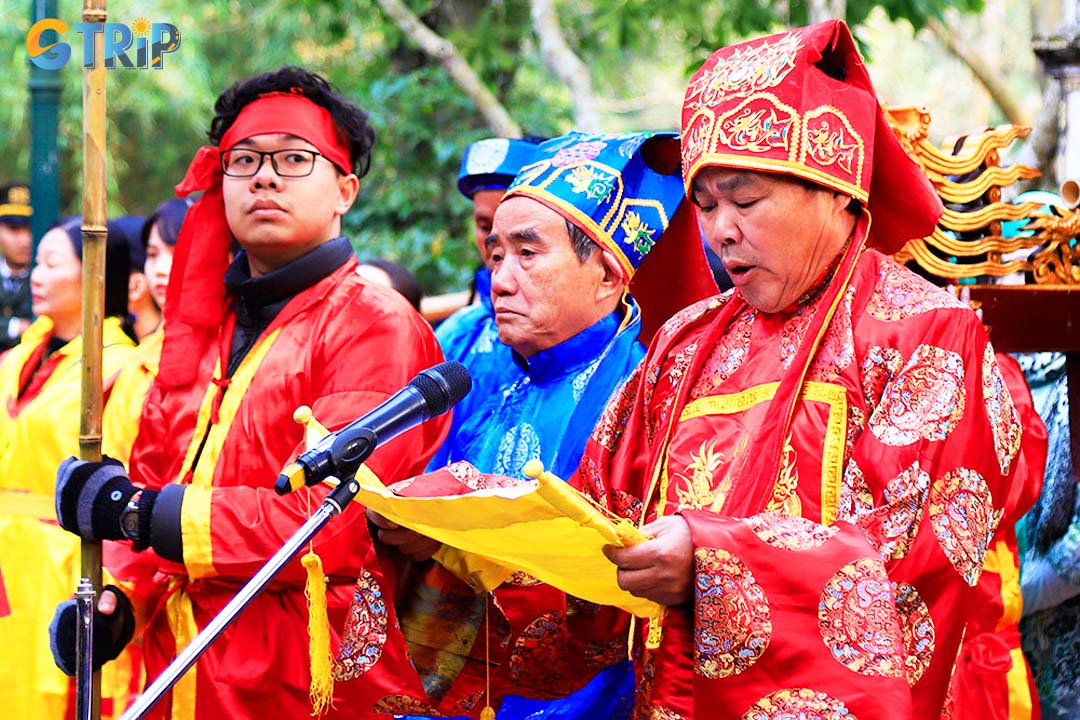
People honor the heroic deeds of Thánh Gióng in defeating the invaders and helping the village
This festival presents an incredible chance for tourists to fully engage with the diverse culture and customs of the Sóc Sơn community. Don't miss the opportunity to participate in the Gióng Temple Festival today! Start organizing your Vietnam tour immediately and become a part of the lively ambiance of this unique celebration.

